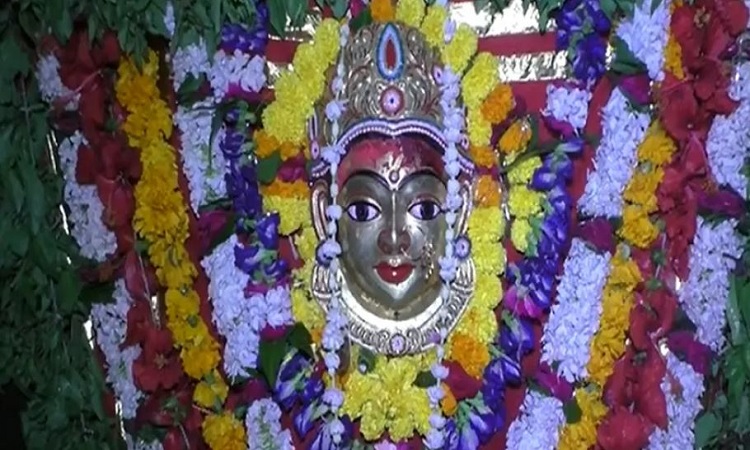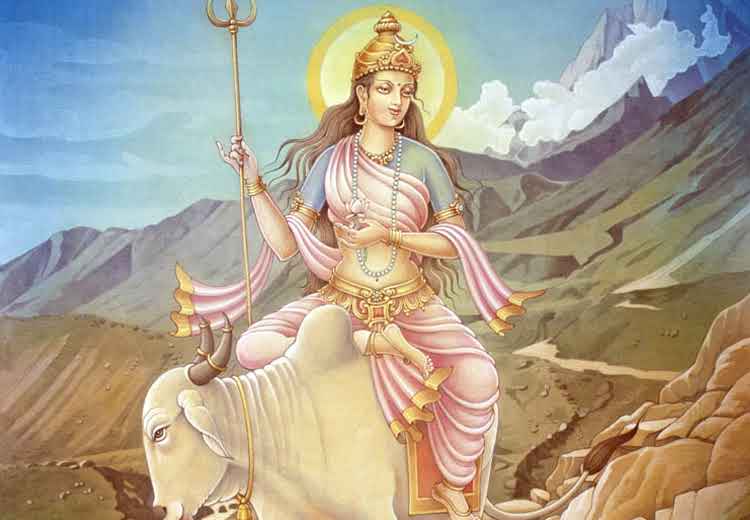 English
English

Sharad Navratri occurs at the onset of the autumn season, whereas Chaitra Navaratri occurs in the spring. Must read further on Dynamite News:

New Delhi: Navaratri is a festival celebrated in the honour of Goddess Durga. Navratri is a Sanskrit word which means 'nine nights'. Though there are four Navaratris in a year, big celebrations are observed for two of them--first in the month of Chaitra (Chaitra Navaratri), and again in the month of Ashvin (Sharad/Shardiya Navratri).
Sharad Navratri occurs at the onset of the autumn season, whereas Chaitra Navaratri occurs in the spring. The religious traditions of both--Sharad Navratri and are Chaitra Navratri--are the same.
This time Sharad Navratri begins on October 15 and will last till October 23. The nine-day celebrations are devoted to honouring Goddess Durga in her nine forms and all of them have different significance.
These nine incarnations are:
1. Shailaputri
2. Brahmacharini
3. Chandraghanta
4. Skandamata
5. Kushmanda
6. Katyayini
7. Kaalratri
8. Mahagauri
9. Siddhidatri
Dynamite News brings you the significance of these nine forms of Goddess Durga on the day they are worshipped.
First Navaratri October 15 Sunday: Shailputri

Shailaputri, also called Shailaja, is the first form of Goddess Durga. The name “Shailaputri” literally means the daughter (putri) of mountain (shaila). Known as Sati Bhavani, Parvati or Hemavati, Shailputri is the daughter of Himavat - the king of the Himalayas. The embodiment of the power of Brahma, Vishnu and Shiva, she rides a bull and carries a trident and a lotus in her two hands.

Goddess Shailputri governs the Moon, the provider of all fortunes and prosperity. It is believed that any bad effect of the Moon can be overcome by worshipping this form of Adi Shakti. Her colour is white and denotes purity, innocence, peace and calmness.
Shailputri is free as Air, Adaptive as Water, Fierce as Fire, Compassionate as Earth, and Serene as Space. Goddess Shailputri is an absolute form of Mother Nature. She is the pure form of patience.